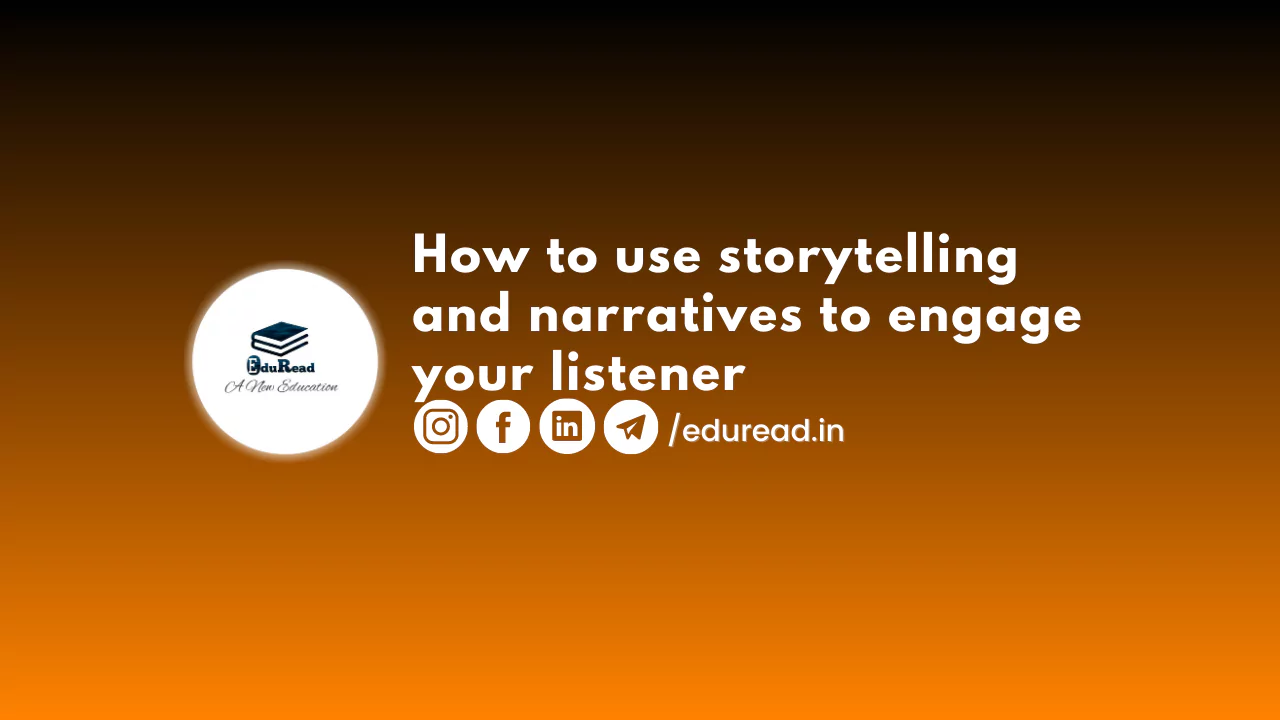Stories have been a part of human communication since the beginning of time. They have the power to engage, inspire, and motivate people in ways that few other things can. Whether you are a business owner, a teacher, or simply someone who wants to communicate more effectively, storytelling can be an incredibly powerful tool. In this blog post, we’ll explore how to use storytelling and narratives to engage your listener.
Section 1: The Power of Storytelling
Stories have a unique ability to connect with people on an emotional level. They can make complex ideas more accessible and memorable. When you use storytelling in your communication, you can capture your listener’s attention and make your message more impactful.
Section 2: Know Your Audience
The first step in using storytelling effectively is to know your audience. What are their interests, values, and goals? What challenges do they face? When you understand your listener’s perspectives, you can tailor your stories to resonate with them.
Section 3: Craft Your Narrative
Once you know your audience, it’s time to craft your narrative. Your story should have a clear structure, with a beginning, middle, and end. It should have a central theme or message that ties everything together. Use vivid language and sensory details to create a picture in your listener’s mind.
Section 4: Use Emotion
Emotion is a key ingredient in any good story. Use emotions to create a connection with your listener. You can use positive emotions, like joy or inspiration, to motivate your listener. Negative emotions, like fear or sadness, can be used to highlight a problem or challenge.
Section 5: Be Authentic
Authenticity is crucial in storytelling. Your stories should reflect your personality and values. Don’t try to be someone you’re not. Be honest and genuine in your communication.
Section 6: Use Storytelling in Business
Storytelling can be a powerful tool in business. Use stories to illustrate your company’s values, highlight your products or services, and connect with your customers. For example, you could use customer success stories to showcase the impact your company has on people’s lives.
Section 7: Use Storytelling in Education
Storytelling is also a valuable tool in education. Use stories to make complex concepts more accessible and engaging for students. You can use stories to illustrate historical events, scientific concepts, or literary themes.
Section 8: Practice Makes Perfect
Like any skill, storytelling takes practice. The more you practice, the better you will become. Take every opportunity to tell stories, whether it’s in business, education, or your personal life.
Section 9: Use Technology
Technology can be a valuable tool in storytelling. You can use videos, images, and interactive media to enhance your stories and engage your listeners. For example, you could create an animated video to illustrate a complex concept.
Conclusion
In conclusion, storytelling can be a powerful tool to engage your listener. By knowing your audience, crafting your narrative, using emotion, being authentic, and practicing your storytelling skills, you can capture your listener’s attention and make your message more impactful. So go ahead and start incorporating storytelling into your communication today.
Follow Us for more such content to improve your speaking skills:
To know more, check out here: https://eduread.in/english-vocabulary-for-fruits-speak-new-york/
And visit us for more.
